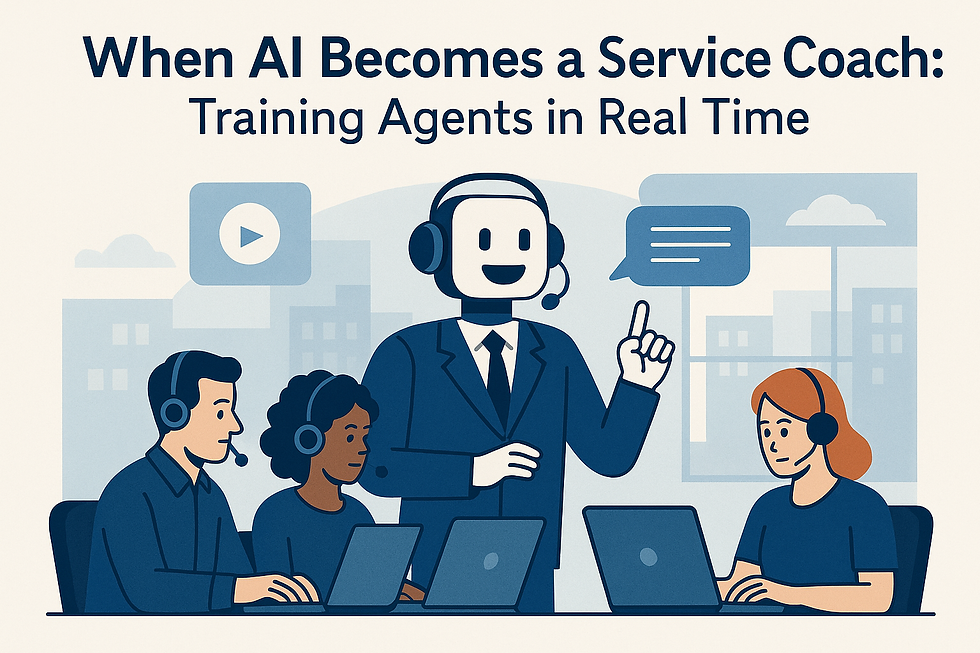Mapping Your Retail AI Journey: Crawl, Walk, Automate
- eCommerce AI Expert

- Sep 18
- 2 min read

Introduction
Retailers often hear the buzz around AI but struggle to figure out where to start. Jumping straight into complex automation without a roadmap can lead to wasted investments and disjointed systems. The reality is that AI adoption in retail follows a journey of maturity: crawl, walk, and then run (or automate). Understanding these phases can help retailers pace investments, scale with confidence, and build long-term value.
Phase 1: Crawl – Experiment and Learn
At the crawl stage, retailers focus on pilots and proofs of concept. This is where experimentation happens—AI chatbots answering FAQs, simple demand forecasting models, or product recommendation engines. The goal isn’t scale yet, but validation:
Test AI use cases that have low risk but high learning potential.
Build confidence in how AI integrates with existing systems.
Start gathering the right data to train future models.
Example: A mid-sized retailer may deploy a chatbot on their website to handle common “Where’s my order?” queries.
Phase 2: Walk – Scale Core Use Cases
Once retailers gain traction, the walk stage involves scaling the use cases that prove valuable. Here, AI moves from being a pilot project to becoming a core part of CX and operations.
Deploy AI across multiple customer channels (voice, chat, email).
Integrate predictive AI into inventory planning and order management.
Train AI models on brand-specific language and customer behaviors.
Example: A global fashion retailer scales personalization engines from online storefronts to mobile apps and email campaigns, creating consistent shopping journeys.
Phase 3: Run/Automate – Full Integration & Autonomy
The run stage is where AI becomes deeply embedded across the retail enterprise. Systems talk to each other, processes are automated, and human-AI collaboration is seamless.
Omnichannel orchestration: Customers get consistent service across in-store, online, and mobile.
AI-driven automation: Order tracking, returns, and fraud detection handled end-to-end by AI.
Decision intelligence: AI informs merchandising, marketing, and supply chain with real-time insights.
Example: Large grocery chains use AI not only to predict demand but also to auto-adjust offers and promotions dynamically, reducing waste and increasing loyalty.
Common Pitfalls to Avoid
Skipping straight to automation without building reliable data pipelines.
Focusing only on front-end AI (like chatbots) and ignoring back-office potential.
Treating AI as a one-off project instead of a long-term capability.
Conclusion
Mapping your retail AI journey is about discipline and patience. By starting small, scaling smart, and then automating broadly, retailers can unlock AI’s full potential—delivering consistent customer experiences, operational efficiency, and competitive advantage. The journey may begin with crawling, but the finish line is an intelligent retail ecosystem where AI supports every interaction and decision.




Comments